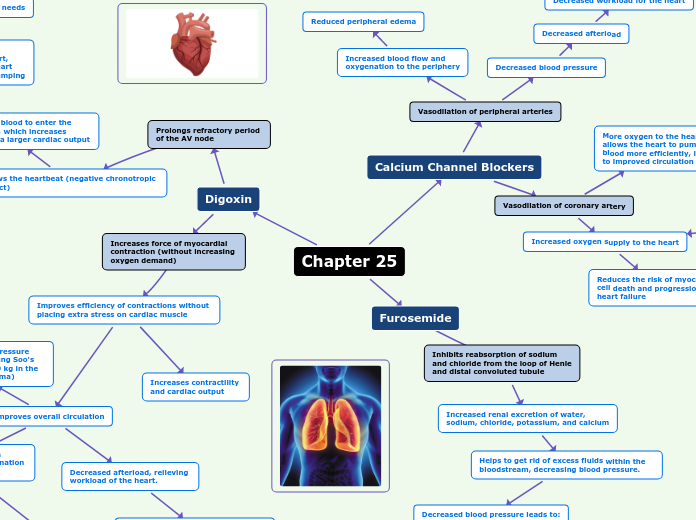arabera Annie John 5 years ago
1486
Nephrotic Syndrome
Nephrotic syndrome is a renal disorder characterized by a group of clinical features resulting from increased glomerular permeability to plasma proteins, primarily albumin. Key laboratory findings include hematuria, oliguria, elevated BUN, and creatinine levels.









